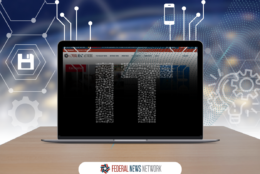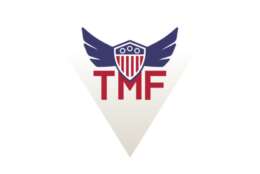IT Modernization
-
Carissa Landymore, the DoDNet program manager for DISA, said many of the defense agencies are completing the initial discovery phase to move to the DoDNet.
February 15, 2024 -
Gain insights on how data, AI/ML and good partnerships can help create better fraud prevention policies and investigations.
February 13, 2024 -
The FITARA scorecard continues to be a point of contention between Oversight and Accountability Subcommittee on cyber and IT leaders.
February 07, 2024 -
The IRS has made measurable progress on customer-service staffing over the last couple of years.
February 06, 2024 -
GSA has also been working on Section 508 training after the assessment found a deficit of federal staff dedicated toward digital accessibility efforts.
February 02, 2024 -
The National Institutes of Health (NIH) is planning to replace its decades-old legacy Electronic Health Record, and looking at how a new EHR could help accelerate its use of artificial intelligence.
February 01, 2024 -
Major changes to the 17th Federal IT Acquisition Reform Act (FITARA) scorecard led to agency scores dropping considerably.
February 01, 2024 -
Luis Lopez, the Education Department’s chief information officer, said the new customer advisory council is helping drive technology modernization decisions across the agency.
January 30, 2024 -
When Congress established the TMF in 2017, it was hoped that action signaled the beginning of a long-term financial commitment to help federal agencies transition “from antiquated legacy IT systems to modern IT platforms” by providing upfront funding for modernization investments.
January 30, 2024 -
Archivist of the United States Colleen Shogan told Federal News Network in an interview Friday that NPRC employees who put in extra hours on holidays and weekends were essential to driving down the backlog.
January 26, 2024 -
Agencies across the federal government are tapping into the TMF to financially support projects that will improve public-facing services.
January 26, 2024 -
DIA is doing proactive inspections to make sure agencies are following cyber standards for securing the top-secret JWICS network.
January 24, 2024 -
TMF has a new acting leader, a long-time Senate staffer heads to the White House cyber office, and three federal acquisition and IT leaders head out the door.
January 23, 2024 -
Start with your organization’s endpoints to secure users and data, recommends Cisco’s Peter Romness in a conversation with the Federal Drive’s Tom Temin. The same approach and tools can be applied to data on premise and in commercial clouds, he explains.
January 19, 2024 -
The Department of Veterans Affairs is delivering health care and benefits to a record number of veterans. Now it's calling on its IT shop to make it easier for those veterans to seek VA services online.
January 18, 2024















